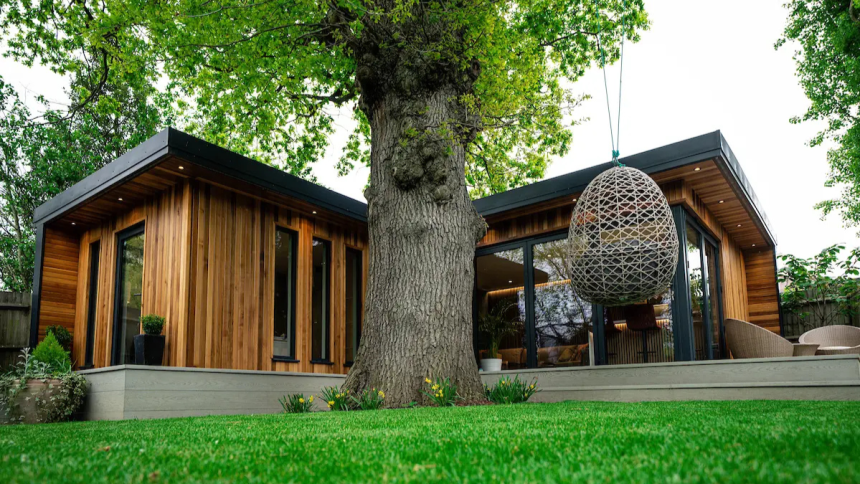Adding a garden room is a practical way to increase a home’s value while expanding usable space. These versatile structures can serve as offices, gym areas, or relaxation spots, appealing to potential buyers with their added functionality.
Well-designed garden rooms can boost property value by creating additional living space without costly extensions. This enhancement is often more affordable and quicker to build than traditional home expansions, making it an attractive option for homeowners.
Garden rooms also improve the overall appeal of a garden by blending indoor comfort with outdoor access. This combination makes a property stand out in the market while meeting the evolving needs of modern living.
Maximizing Home Value With Garden Rooms
Adding a garden room can create valuable extra space without extending the main house. This flexible area can boost appeal to buyers, support working from home, and often requires minimal planning permission.
Garden rooms increase usable space without consuming much of the main property. Estate agents note that having a dedicated home office or leisure space in the garden can distinguish a home from others on the market.
Most garden rooms add value by enhancing lifestyle options, such as providing a quiet workspace or a relaxation spot. Those designed with good insulation and lighting hold appeal across seasons, which potential buyers recognize. Planning permission is often not needed for garden rooms under 30 square meters, making the addition straightforward and cost-effective.
Types of Garden Rooms for Different Needs
Garden rooms vary widely, from simple summerhouses to fully insulated offices or gyms. Homeowners focused on working from home may prioritize models with wiring for internet, heating, and soundproofing.
For seasonal uses, lightweight structures with good ventilation work well. More robust, insulated garden rooms suit year-round functions like guest accommodation or a hobby room. Choosing the right type depends on the intended purpose and budget. A practical, well-finished garden room tends to attract higher home value increases than cheaply constructed ones.
How to Maximize Year Round Use
Year-round usability depends heavily on insulation and weatherproofing. Installing double-glazed windows, efficient heating systems, and quality roofing ensures comfort throughout the year.
Integrating electricity and internet access allows the garden room to function as a home office or study, which adds significant value. Regular maintenance and landscaping around the garden room improve overall presentation, making the additional space more appealing to buyers and estate agents alike.
Common Mistakes to avoid when designing garden rooms
A frequent error is neglecting planning permission and building regulations. Garden rooms often require approval, especially if they exceed certain size limits or include services like electricity or plumbing. Ignoring this can lead to costly corrections.
Another common mistake is poor insulation and ventilation. Without these, the garden room can become uncomfortable and reduce its usability year-round. Proper insulation materials and windows that open help maintain a balanced indoor climate.
Choosing the wrong location also limits the garden room’s potential. Placing it in a shady or damp spot can cause issues with light and moisture. Selecting a well-lit, dry area enhances both comfort and value.
Overloading the design with unnecessary features can increase costs without adding much value. Focusing on practical uses and simplicity often produces better results. Avoiding these mistakes helps maintain a functional, comfortable garden room that adds lasting value to the property.
Lynn Martelli is an editor at Readability. She received her MFA in Creative Writing from Antioch University and has worked as an editor for over 10 years. Lynn has edited a wide variety of books, including fiction, non-fiction, memoirs, and more. In her free time, Lynn enjoys reading, writing, and spending time with her family and friends.















